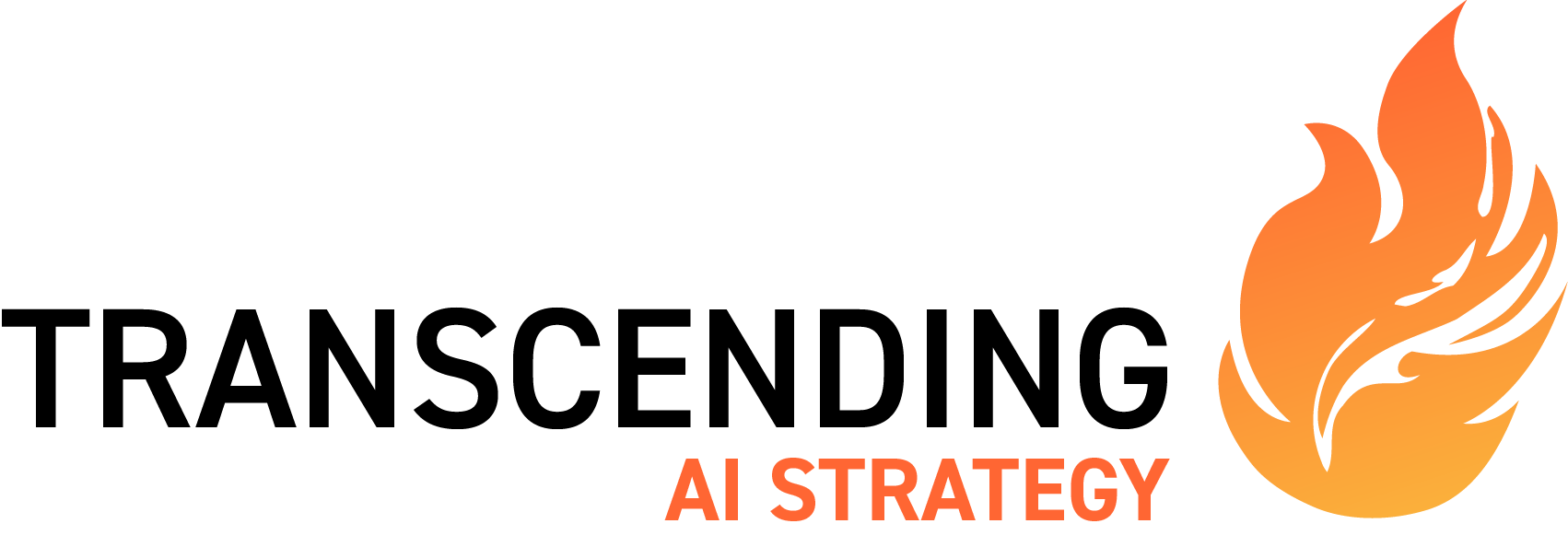In 2020, like many people, the pandemic lockdown and the sudden shift in the format of my work caused me to question everything that I knew and loved about the field of graphic design. I went from working at the coolest design studio in Denver where we printed letterpress posters, built fully custom WordPress themes, and fabricated signage on our laser cutter, to working on a tiny laptop in my Dad’s basement trying to help small business owners desperately try to save their businesses by moving what they could of their services online. And I was one of the lucky ones. At least as a web designer my skills were needed. Most people who specialized in the graphic side of the field only had it much worse than me.
As a millennial graphic/web designer, I’ve had the unique opportunity to watch design technology evolve very quickly. Hell, I learned how to code raw HTML websites from scratch in my college program. As my career has progressed, I’ve watched the design and web development fields become augmented with all sorts of new technologies to streamline and standardize our processes and lower the barriers to entry to the field. As someone who has always valued uniqueness and innovation, the advent of platforms such as Squarespace, Wix, and Canva that rely very heavily on templatized design and market themselves as allowing users to ostensibly generate “designs” without designers made me extremely leery. I personally still do not love these programs. I find them to be inflexible, and encourage standardization of a medium that has so much creative potential in the right hands. With standardization comes stagnation.
As I scrambled to help my freelance clients evolve their businesses in reaction to the pandemic from 2020-2021, I encountered the same problem over and over: clients would seek out my assistance as a seasoned design professional, then essentially ask me to replicate a generic logo design they found on Canva, or change text and images on a pre-built Wix template. The juxtaposition of being asked to customize templates after years of hand-setting type on a letterpress and directing the creation of fully-custom WordPress sites was enough to make me want to throw my laptop out a window. I saw my industry losing its sparkle, and becoming a generic commodity.

Me, happily printing graphics on a 1800’s letterpress in 2019, blissfully unaware of the impending plague.

My tragically small WFH nook in my studio apartment, featuring my horrible coworker Muffin, circa December 2020.
Fastforward, it’s 2023. I’m still grumpy about Canva but I’m doing my thing anyway and getting by. Enter the generative AI art and content revolution. Seemingly overnight, my industry is thrown into chaos. People are polarized: some designers think it’s an abomination, and some have been on the Mid Journey Discord since before it was public. Copywriters start losing their jobs. AI portraits are all the rage on Instagram. Someone in Colorado wins an art contest with an AI art piece.
Now if you’ve bothered to read this far, you’ll expect that I would be in the camp of designers who would rail against these tools. I frankly thought I would be. But I’m here to tell you, as a designer who has worked in almost every design medium you can think of for the past 10 years, I actually love it. AI art generators unlock a nearly limitless level of creativity. Instead of selecting a boring template and using limited customizations to make it slightly less boring, the empty prompt line on an AI generator is like a blank canvas, waiting for designers to imagine a universe of possibilities. There is something delightfully imperfect about the “art” that comes from AI generators. Modifying prompt language and settings to try to convince what is, essentially, a computer program on an intense acid trip to output something like what you have in your mind is a truly enjoyable process.
My design background has been infinitely valuable in the experience of generating, curating, and modifying AI art. Over 10 years, I’ve developed an exacting eye for details. Where that skill has been useful in adjusting kerning and selecting the perfect shades of colors, it now informs my ability to notice the most minute details in AI imagery. I rapidly learned when a line of prompting is working or not, how to tweak language to achieve better outputs, and when a nearly-perfect image is salvageable with a seasoned touch in Photoshop.
Below are some examples of some imagery created with a combination of AI generation and photoshop retouching for various applications.
The most exciting thing is seeing how fast the technologies evolve. By riding the wave and embracing the ever evolving world of AI technologies, we can expand the range of our design capabilities into new and unexpected places every day. Just like the templates and stock logos haven’t gone away despite saltiness from some in the design community (me), I believe that AI art programs are here to stay. And this time, I’m here for it.
Kaity Astraelis is the Creative Director at Transcending Strategy. Her decade long career in the design field spans many mediums including digital, print, education, writing, and interiors. She has a passion for human-centered design, the through-line in all of the many fields and roles she has worked in. When she’s not designing, Kaity loves travel, fiction, her cats, tattoos, and eating recreationally.



